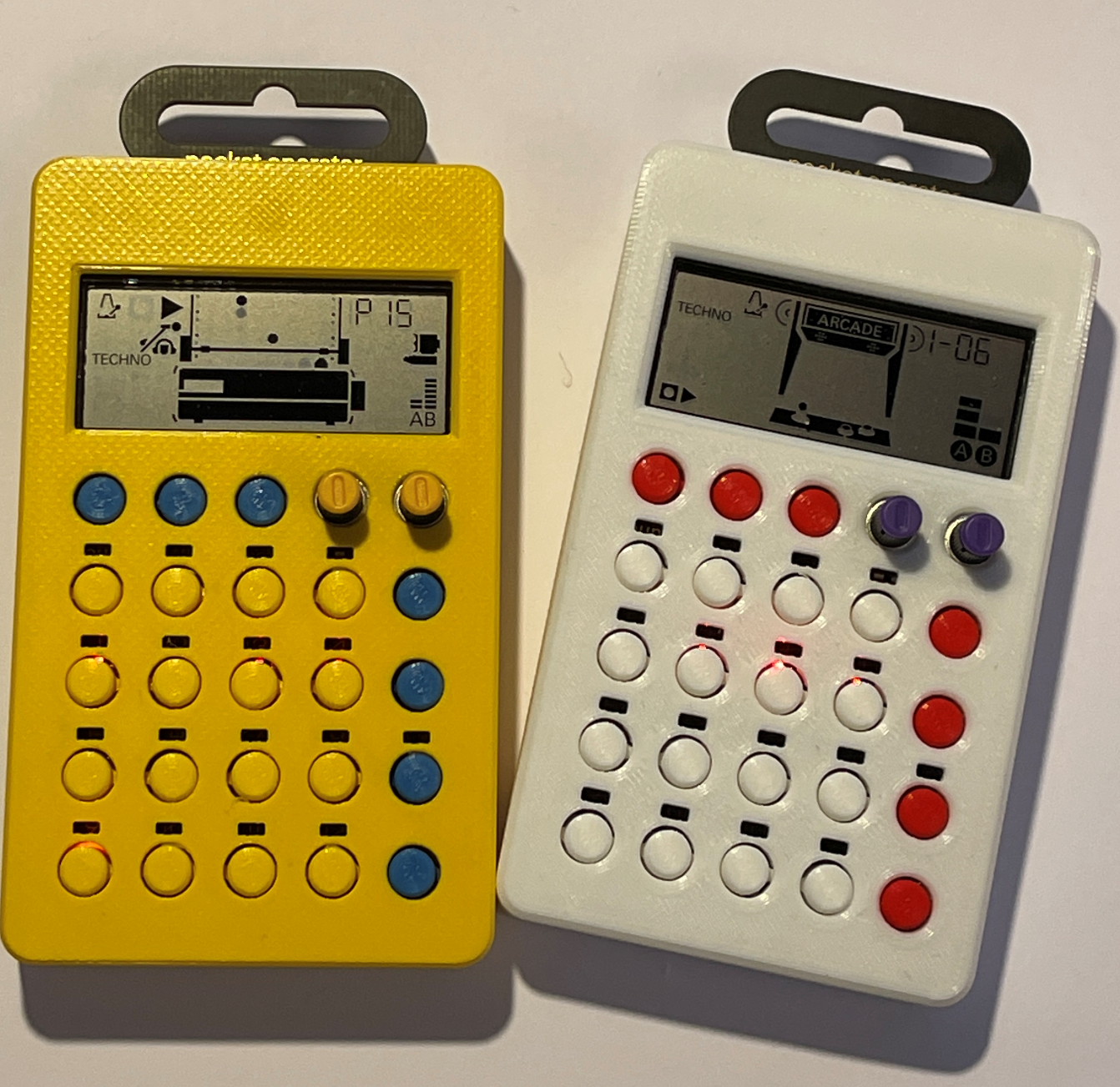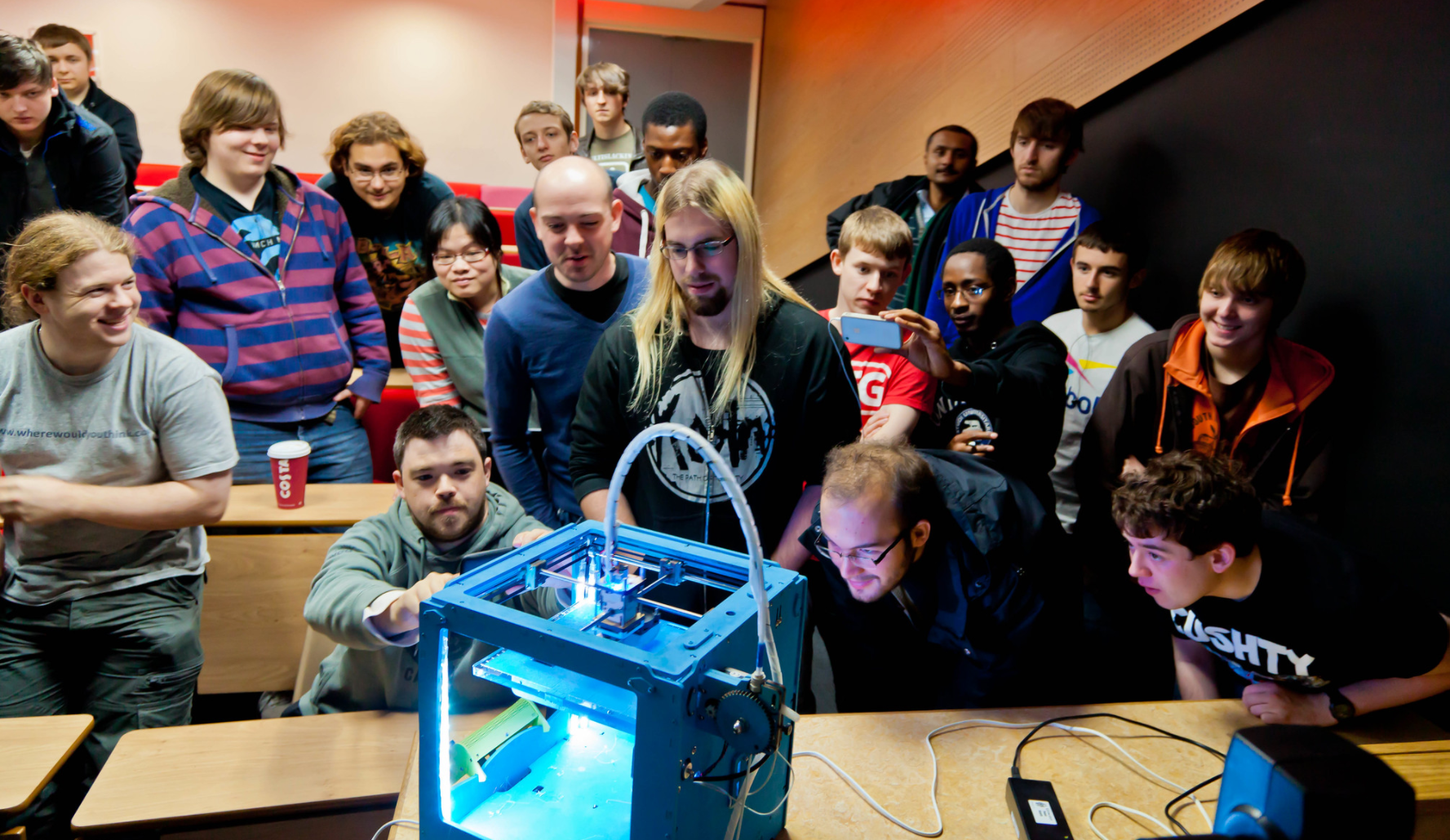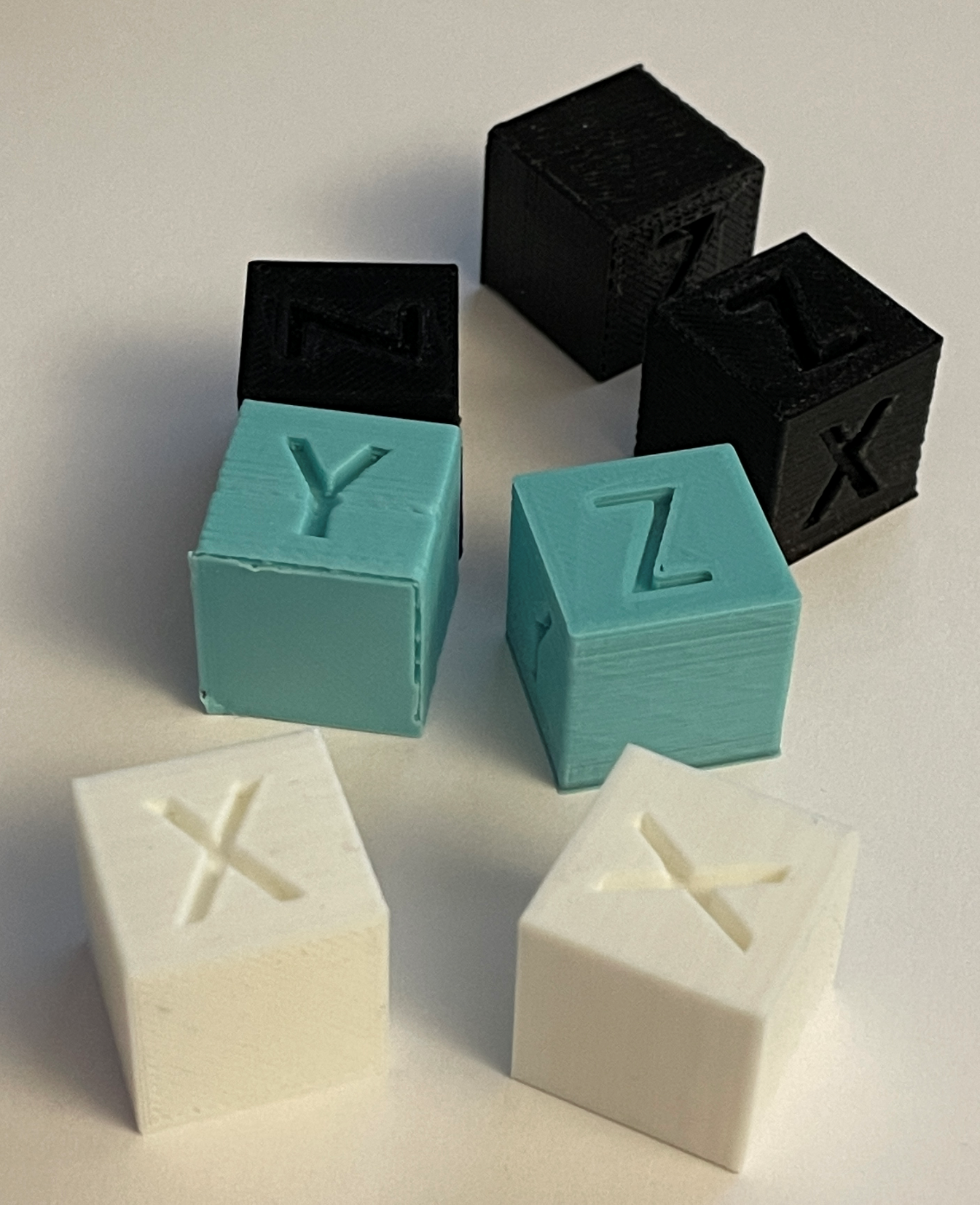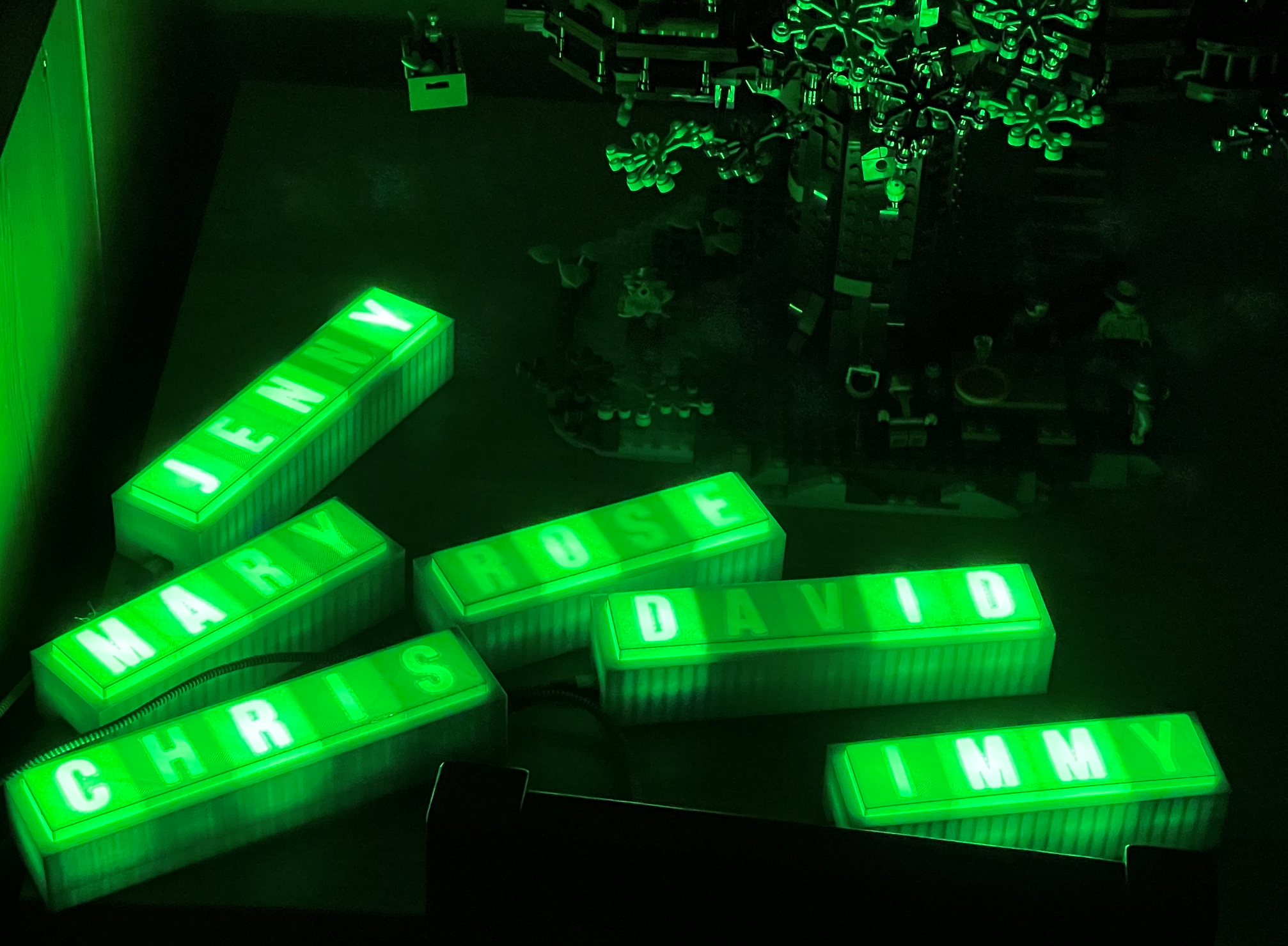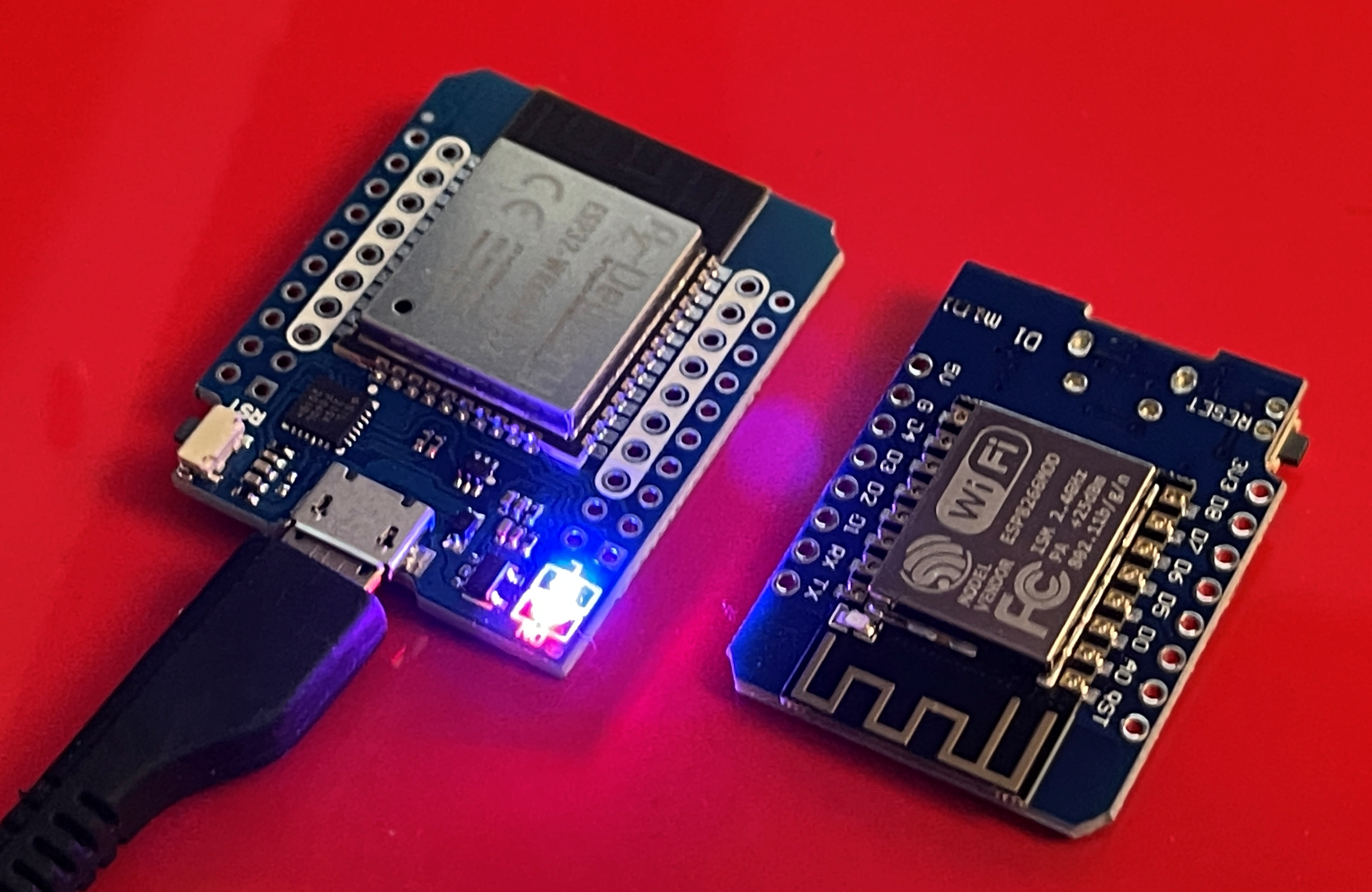ESP Reset Message Strings
/Have you ever wanted to print out the reason why your ESP32 or ESP8266 has just reset?
No?
Must be just me then. Anyhoo. If you do want to do this, here’s the code to do it. You’re welcome.
void getBootReasonMessage(char *buffer, int bufferlength)
{
#if defined(ARDUINO_ARCH_ESP32)
esp_reset_reason_t reset_reason = esp_reset_reason();
switch (reset_reason)
{
case ESP_RST_UNKNOWN:
snprintf(buffer, bufferlength, "Reset reason can not be determined");
break;
case ESP_RST_POWERON:
snprintf(buffer, bufferlength, "Reset due to power-on event");
break;
case ESP_RST_EXT:
snprintf(buffer, bufferlength, "Reset by external pin (not applicable for ESP32)");
break;
case ESP_RST_SW:
snprintf(buffer, bufferlength, "Software reset via esp_restart");
break;
case ESP_RST_PANIC:
snprintf(buffer, bufferlength, "Software reset due to exception/panic");
break;
case ESP_RST_INT_WDT:
snprintf(buffer, bufferlength, "Reset (software or hardware) due to interrupt watchdog");
break;
case ESP_RST_TASK_WDT:
snprintf(buffer, bufferlength, "Reset due to task watchdog");
break;
case ESP_RST_WDT:
snprintf(buffer, bufferlength, "Reset due to other watchdogs");
break;
case ESP_RST_DEEPSLEEP:
snprintf(buffer, bufferlength, "Reset after exiting deep sleep mode");
break;
case ESP_RST_BROWNOUT:
snprintf(buffer, bufferlength, "Brownout reset (software or hardware)");
break;
case ESP_RST_SDIO:
snprintf(buffer, bufferlength, "Reset over SDIO");
break;
}
if (reset_reason == ESP_RST_DEEPSLEEP)
{
esp_sleep_wakeup_cause_t wakeup_reason = esp_sleep_get_wakeup_cause();
switch (wakeup_reason)
{
case ESP_SLEEP_WAKEUP_UNDEFINED:
snprintf(buffer, bufferlength, "In case of deep sleep: reset was not caused by exit from deep sleep");
break;
case ESP_SLEEP_WAKEUP_ALL:
snprintf(buffer, bufferlength, "Not a wakeup cause: used to disable all wakeup sources with esp_sleep_disable_wakeup_source");
break;
case ESP_SLEEP_WAKEUP_EXT0:
snprintf(buffer, bufferlength, "Wakeup caused by external signal using RTC_IO");
break;
case ESP_SLEEP_WAKEUP_EXT1:
snprintf(buffer, bufferlength, "Wakeup caused by external signal using RTC_CNTL");
break;
case ESP_SLEEP_WAKEUP_TIMER:
snprintf(buffer, bufferlength, "Wakeup caused by timer");
break;
case ESP_SLEEP_WAKEUP_TOUCHPAD:
snprintf(buffer, bufferlength, "Wakeup caused by touchpad");
break;
case ESP_SLEEP_WAKEUP_ULP:
snprintf(buffer, bufferlength, "Wakeup caused by ULP program");
break;
case ESP_SLEEP_WAKEUP_GPIO:
snprintf(buffer, bufferlength, "Wakeup caused by GPIO (light sleep only)");
break;
case ESP_SLEEP_WAKEUP_UART:
snprintf(buffer, bufferlength, "Wakeup caused by UART (light sleep only)");
break;
}
}
else
{
snprintf(buffer, bufferlength, "Unknown reset reason %d", reset_reason);
break;
}
#endif
#if defined(ARDUINO_ARCH_ESP8266)
rst_info *resetInfo;
resetInfo = ESP.getResetInfoPtr();
switch (resetInfo->reason)
{
case REASON_DEFAULT_RST:
snprintf(buffer, bufferlength, "Normal startup by power on");
break;
case REASON_WDT_RST:
snprintf(buffer, bufferlength, "Hardware watch dog reset");
break;
case REASON_EXCEPTION_RST:
snprintf(buffer, bufferlength, "Exception reset, GPIO status won't change");
break;
case REASON_SOFT_WDT_RST:
snprintf(buffer, bufferlength, "Software watch dog reset, GPIO status won't change");
break;
case REASON_SOFT_RESTART:
snprintf(buffer, bufferlength, "Software restart ,system_restart , GPIO status won't change");
break;
case REASON_DEEP_SLEEP_AWAKE:
snprintf(buffer, bufferlength, "Wake up from deep-sleep");
break;
case REASON_EXT_SYS_RST:
snprintf(buffer, bufferlength, "External system reset");
break;
default:
snprintf(buffer, bufferlength, "Unknown reset cause %d", resetInfo->reason);
break;
};
#endif
}You pass the function a pointer to a buffer and the size of that buffer. The function then works out what kind of device you are using and then creates a message for that device. This is how you use it:
#define BOOT_REASON_MESSAGE_SIZE 150
char bootReasonMessage [BOOT_REASON_MESSAGE_SIZE];
getBootReasonMessage(bootReasonMessage, BOOT_REASON_MESSAGE_SIZE);
Serial.println(bootReasonMessage);




